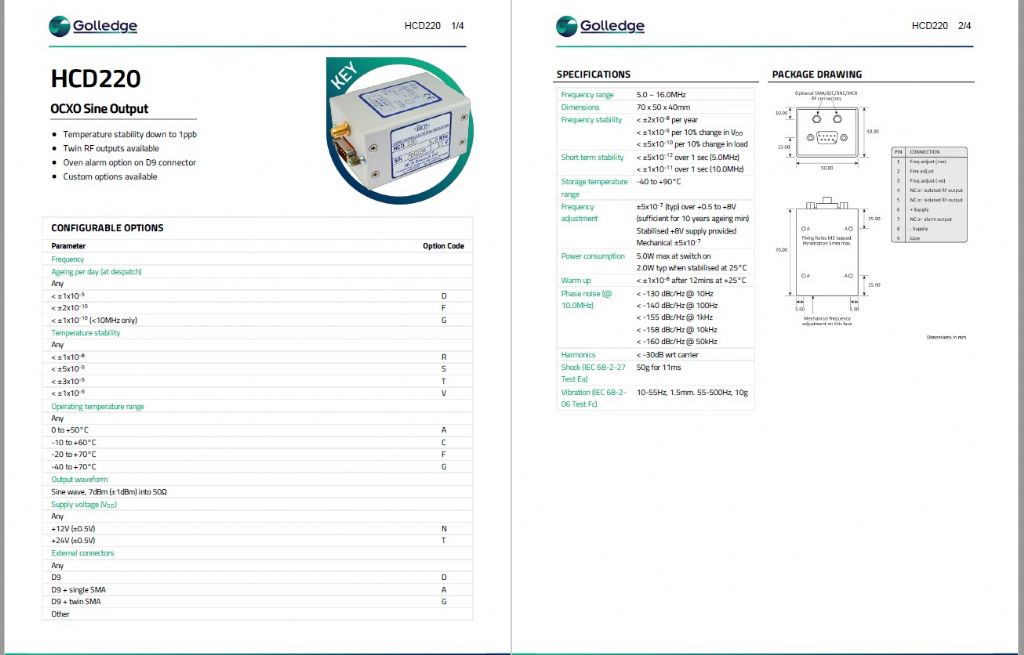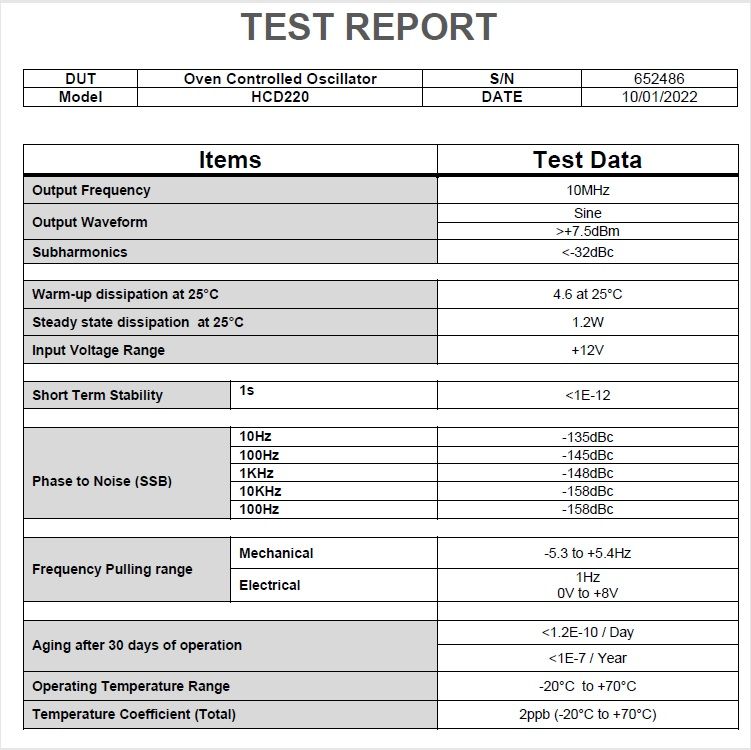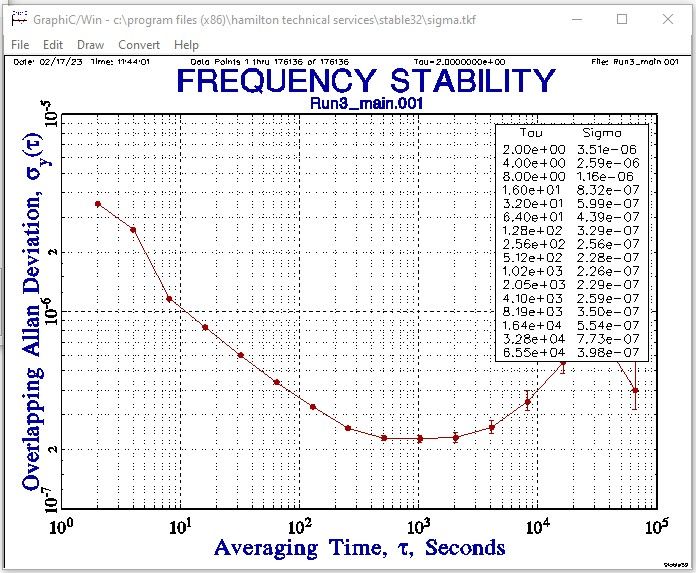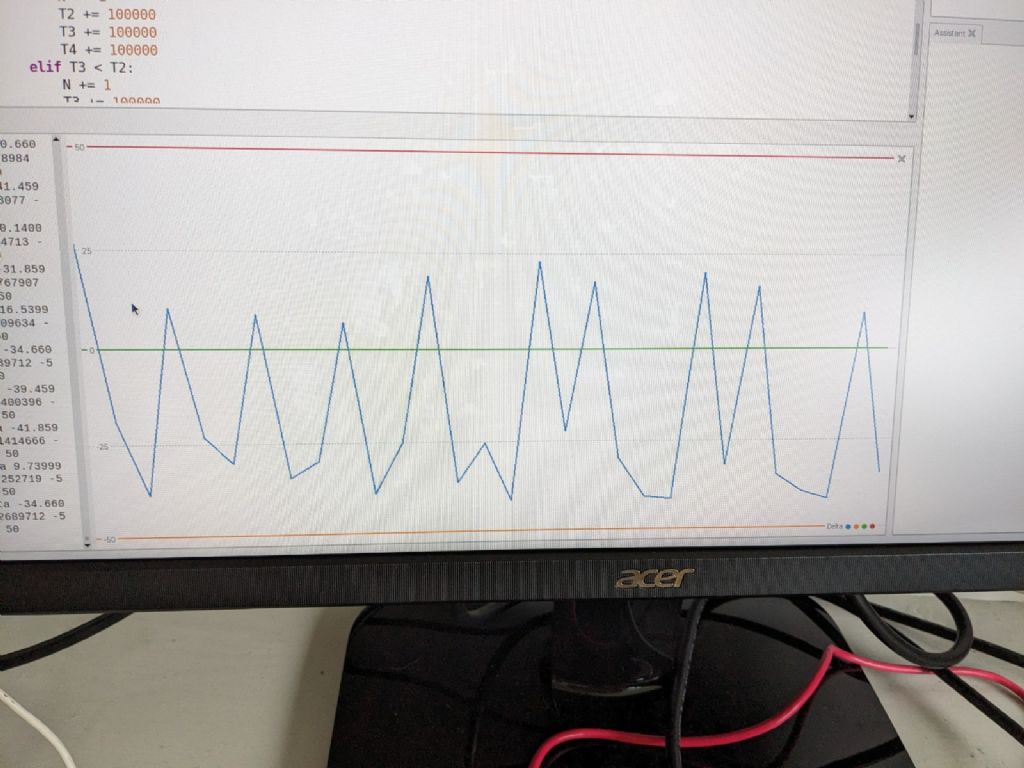Posted by John Haine on 15/02/2023 09:51:01:
Thanks for the links Joe. Some I had seen, they all look useful. I am trying hard not to get sucked in to being a time-nut any more than I have to, I'm mainly interested just in making accurate pendulum clocks – but how do I know how accurate?! I assume my cheap eBay OCXO is a lot better than my pendulum but how to check?
The same problem is on my list! John pointed me at a cheap source of ex-equipment OCXO, CTI Type OSC5A2B02, which is a 10MHz 200ppb device. Although this is a low-end OCXO, it's a better frequency standard than anything else I have.
But, the frequency is not 10MHz out-of-the-box, the user is expected to adjust a pot to tune it in. The question is, how to tune it in accurately. I need a more accurate frequency standard and a way of comparing the two.
Possibilities open to me are:
- I have GPS seconds pulses, which could be used with a precision event time to get close to 10MHz
- With much more bother, one of the radio time signals could be used:
- WWV (10MHz. weak, noisy and not always audible),
- RWM (9.996MHz, louder than WWV here)
- MSF (60kHz, weak in my location),
- DCF77 (77kHz, bit louder than MSF)
- BBC R4 longwave (198kHz, very strong but amplitude modulated),
- ALS162 (Allouis, France 162kHz, good signal and not amplitude modulated)
My plan is to divide the OCXO by two because an Arduino timer can only be externally clocked below 6.4MHz and programmed to count pulses over several seconds to get the average frequency. Alternatively, do similar with a picPET at 10MHz, noting that the picPET can't be programmed to average counts, but this could be done externally.
I'm not expecting the GPS/PETmethod to do a brilliant job because the resolution of 5MHz into a binary counter is ±1Hz. Is this good enough, given that I think that 200ppb at 10MHz is 2Hz? True confession : my maths are untrustworthy.
Initial experience watching an OSC5A2B02 power up with an oscilloscope is that stability is very poor at first – the waveform visibly increases in frequency from cold for about 10 seconds. The specification says don't trust it for at least half an hour after power on. The device is not meant to be switched on and off rapidly. I'd expect operating it in the open air to reduce stability compared with mounting it in a closed box that slows down heat loss and minimises convection.
Getting a 'near enough' 10MHz signal is easy, but getting an accurate, stable 10MHz signal and proving it's right seems horribly difficult!
I've toyed with measuring frequency from first principles with a Lecher line, but that seems to require measuring a 15 metre-ish long line with sub millimetre accuracy, also a serious challenge!
Dave
John Haine.








